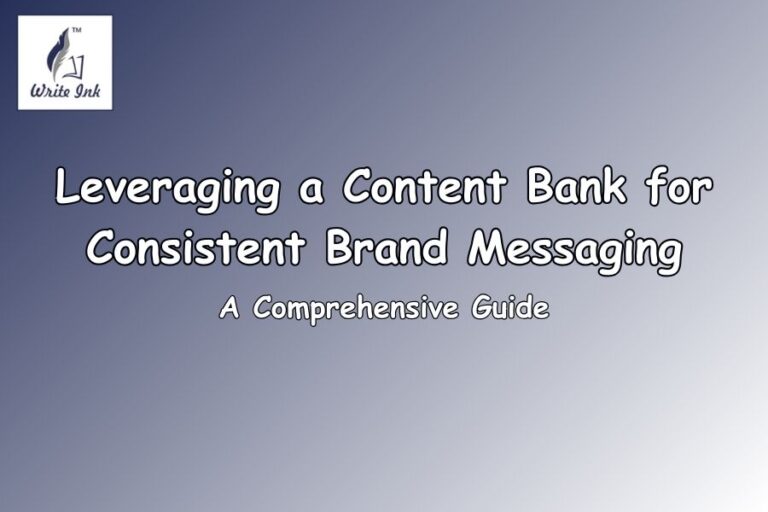Bad Content? How Audience Centric Writing Saves You
At WriteInk, we believe that effective content begins with understanding your audience. With over 15 years of experience in content creation, I, Lamya Minaaz Rassiwala—a published poet, spoken-word artist, and self-reliant entrepreneur—have honed the art of crafting words that resonate. Our mission is to deliver content that bridges the gap between businesses and their target audience, fostering meaningful connections. Here are some practical tips to master audience centric writing, ensuring your message hits the mark every time.

1. Know Your Audience Inside Out
Before putting pen to paper, dive deep into who your readers are. What are their pain points, aspirations, and preferences? At WriteInk, we tailor content by researching demographics, interests, and behaviours. For instance, a micro-business owner might need concise, actionable advice, while a creative entrepreneur craves inspiration. Audience centric writing starts with empathy—knowing your reader is key.
2. Speak Their Language
Jargon can alienate, while overly simplistic language might bore. Strike a balance by mirroring the tone and vocabulary your audience uses. If you’re addressing mid-size businesses, a professional yet approachable style works wonders. Our work at WriteInk thrives on adapting to the brand’s voice, ensuring the content feels authentic and relatable.
3. Solve Their Problems
Great content doesn’t just inform—it provides solutions. Whether it’s improving brand awareness or revamping a trade narrative, focus on what your audience needs. For example, an upcoming enterprise might struggle with exposition. Audience centric writing anticipates these challenges and offers clear, practical answers, making your content indispensable.
4. Engage with Purpose
Hook your readers from the first line. Ask a question, share a story, or present a bold idea that speaks to their world. As a spoken-word artist, I’ve learned the power of rhythm and emotion in words. Apply this to your writing—keep it dynamic and purposeful to hold attention and build trust.
5. Customise for Impact
One-size-fits-all content rarely works. At WriteInk, we set ourselves apart by creating bespoke pieces that fit the brand, business, or person precisely. Audience centric writing means tailoring your message—whether it’s a punchy tagline for an entrepreneur or an in-depth article for a growing enterprise—so it aligns with their goals and values.
6. Prioritise Clarity Over Complexity
Your audience shouldn’t need a dictionary to understand you. Keep sentences crisp and ideas focused. Avoid industry jargon unless your readers are experts—instead, use relatable analogies and straightforward language. Remember, the goal isn’t to impress with big words, but to communicate with impact. We’ve partnered with inspired entrepreneurs and businesses to simplify complex narratives without losing depth. Clear, concise content ensures your message sticks—and more importantly, drives action.
7. Invite Feedback and Adapt
Writing for your audience is an ongoing conversation. Encourage responses, listen to their input, and refine your approach. This adaptability is at the heart of WriteInk’s process, ensuring we evolve with our clients’ needs and keep the audience front and centre. Remember: clear writing isn’t about dumbing down—it’s about making sophisticated ideas accessible. When you remove unnecessary jargon and streamline your message, you build trust and authority with your readers.
Parting Wisdom

By embracing audience centric writing, you’re not just creating content—you’re building relationships. At WriteInk, we’ve seen firsthand how this approach transforms businesses, boosts engagement, and drives results. Ready to connect with your audience like never before? Let’s craft something extraordinary together.
Image Reference : Freepik
Disclaimer: All trademarks, logos, and brand names are the property of their respective owners. All company, product, and service names used in this website are for identification purposes only. Use of these names, trademarks, and brands does not imply endorsement.







